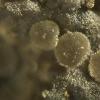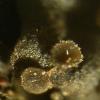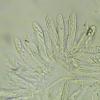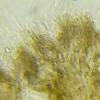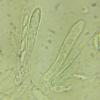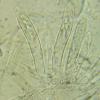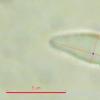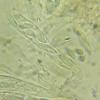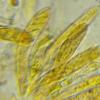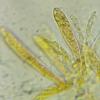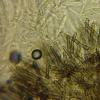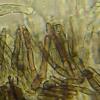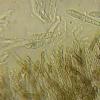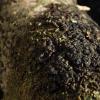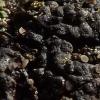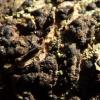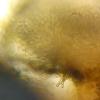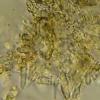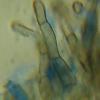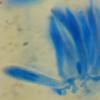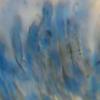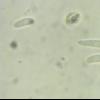
19-11-2020 20:23
Mirek GrycThe fruiting bodies are very small, 0.4 mm maximum

19-11-2020 15:38
Yannick MirasDear Colleagues,May you help me in order to know i

19-11-2020 19:15
Mirek GrycHi all.The substrate was a short fragment of a bro

19-11-2020 18:07
Hello everyone,I found some strange discos on wood

19-11-2020 13:37
Thomas LæssøeAscospores 4-celled, fusiform.See: https://svampe

18-11-2020 14:19
 Joop van der Lee
Joop van der Lee
I have posted a topic about this species as D. cho

14-11-2020 04:17
Zuidland PeterThe region these are from is Sth. Gippsland, Victo
Pyrenopeziza on Populus bark?
Mirek Gryc,
19-11-2020 20:23
The fruiting bodies are very small, 0.4 mm maximum.
However, I am not sure if the fruiting bodies actually grew on the bark. The thallus of a dead lichen was visible on the bark where they appeared. Apparently, it was the place where fruiting bodies were growing.
The fruiting bodies are so small and fragile that I am not able to make an exact cross-section.
Do you have any ideas?
best regards
Mirek
Hans-Otto Baral,
19-11-2020 20:36

Re : Pyrenopeziza on Populus bark?
Could be a Hyphodiscus. How is the excipulum? I guess not angularis?
Mirek Gryc,
19-11-2020 20:50
Re : Pyrenopeziza on Populus bark?
Hi Zotto
The problem is that I cannot observe the structures. The fruiting bodies are very delicate and thin. But if there were angularis, I would probably notice?
It keeps them alive so I'll try to observe something more, but with my ever weaker eyesight I have problems with it.
Thank you .
Mirek
The problem is that I cannot observe the structures. The fruiting bodies are very delicate and thin. But if there were angularis, I would probably notice?
It keeps them alive so I'll try to observe something more, but with my ever weaker eyesight I have problems with it.
Thank you .
Mirek
Mirek Gryc,
20-11-2020 16:15
Re : Pyrenopeziza on Populus bark?
Hi Zotto
Only today I had time to see the find in daylight. What appeared to be a dead lichen is not. The fruiting bodies grow on the dead piece of Peniophora. Peniophora has not been microscoped, but the macro features indicate Peniophora polygonia, which in my case is a common species on Populus tremelia.
You were right it was Hyphodiskus but I am not able to match it with any collection you have on disk.
The vast majority of spores without any content. Only very rarely can you find spores with two small droplets. I have measured more spores, here are their dimensions:
(5.5) 5.9 - 8 (9.6) × (1.7) 1.9 - 2.2 (2.3) µm
Q = (2.6) 2.8 - 3.9 (5); N = 18
Me = 6.9 × 2.1 µm; Qe = 3.4
For the sake of completeness, I also put in a few more photos.
best regards
Mirek
Only today I had time to see the find in daylight. What appeared to be a dead lichen is not. The fruiting bodies grow on the dead piece of Peniophora. Peniophora has not been microscoped, but the macro features indicate Peniophora polygonia, which in my case is a common species on Populus tremelia.
You were right it was Hyphodiskus but I am not able to match it with any collection you have on disk.
The vast majority of spores without any content. Only very rarely can you find spores with two small droplets. I have measured more spores, here are their dimensions:
(5.5) 5.9 - 8 (9.6) × (1.7) 1.9 - 2.2 (2.3) µm
Q = (2.6) 2.8 - 3.9 (5); N = 18
Me = 6.9 × 2.1 µm; Qe = 3.4
For the sake of completeness, I also put in a few more photos.
best regards
Mirek
Hans-Otto Baral,
20-11-2020 17:10

Re : Pyrenopeziza on Populus bark?
Yea, it is a Hyphodiscus. The excipulum is hyaline and strongly gelatinized.
The type of Hyphodiscus, H. theiodeus, grows also on Peniophora but has globose spores.
Species with spores like yours are difficult. Compare H. hymeniophilus and some others in my folders.
A red stain to the substrate is typical of H. hymeniophilus amd a yellow exudate on the hairs to some others.
Zotto

